good kitchen photographs
chipongo
14 years ago
Related Stories
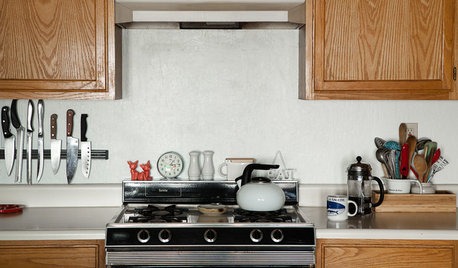
KITCHEN DESIGNDeliciously Simple: Food Photographer Warms Up a Rental Kitchen
See how a San Francisco cook and blogger makes her small kitchen shine
Full Story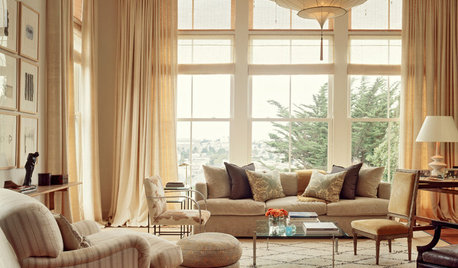
WORKING WITH PROSHow to Hire an Architectural Photographer
Pro to pro: Great project photos can boost business. Get the details on finding the right photographer for your project
Full Story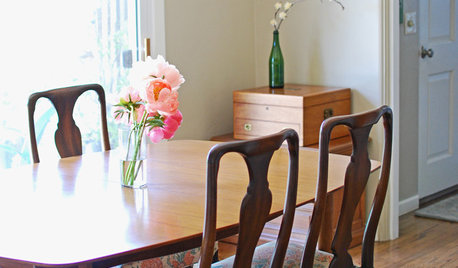
HOW TO PHOTOGRAPH YOUR HOUSETake Better Photographs of Your House in a Snap
Let your home show its true colors with these tips for photographing with the right camera settings, lighting and more
Full Story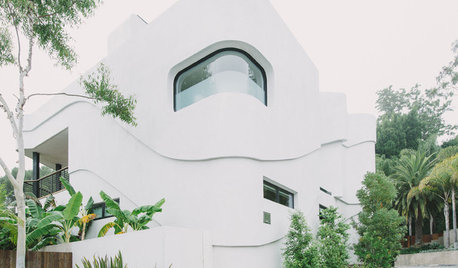
HOUZZ TOURSHouzz Tour: A Photographer's Picture-Perfect Home Comes Into Focus
An ultramodern house in the Hollywood Hills is a study in contrasts: curvy and boxy, forward thinking and retro
Full Story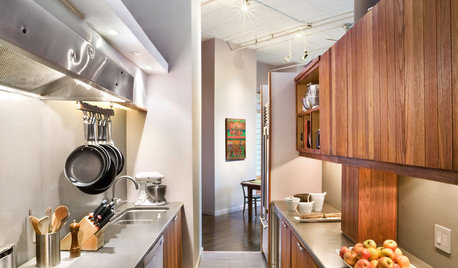
KITCHEN DESIGNKitchen Layouts: A Vote for the Good Old Galley
Less popular now, the galley kitchen is still a great layout for cooking
Full Story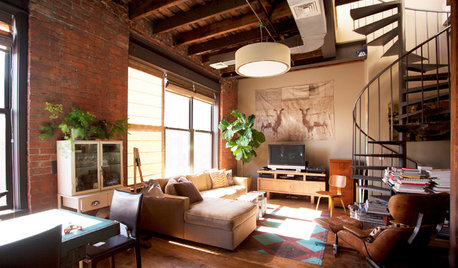
HOW TO PHOTOGRAPH YOUR HOUSECould You Be the Next My Houzz Photographer?
Do you love to photograph interesting homes and write about interior design? We want to talk with you
Full Story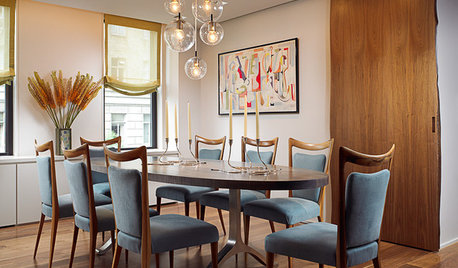
HOW TO PHOTOGRAPH YOUR HOUSE7 Pro Lighting Tips for Budding Home Photographers
Learn how to control daylight and artificial light to get high-quality home photos even if you're just starting out
Full Story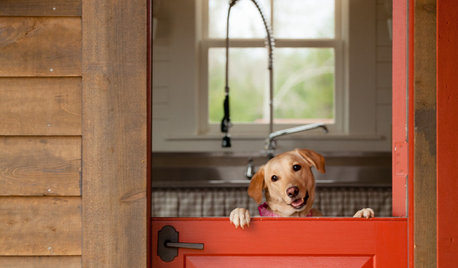
PETSGood Dog! Cute Pooches at Home
The dogs of Houzz take you on a tour of their homes and show you where they lounge, eat, play, bathe and nap
Full Story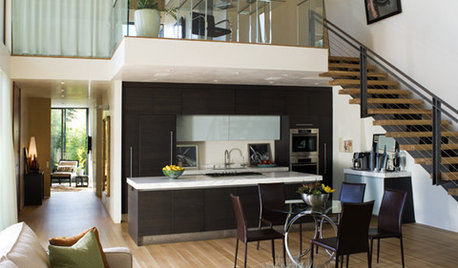
HOW TO PHOTOGRAPH YOUR HOUSEMeet 4 Basic Types of Home Photographers
Capture the details of your home's architecture or a fleeting moment — just don't expect both from the same photographer
Full Story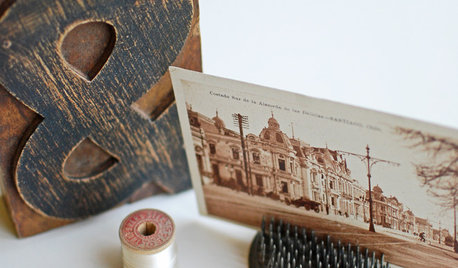
HOW TO PHOTOGRAPH YOUR HOUSESmall-Business Savvy: Photograph Products Like a Pro
Take impressive photos of your work for a website, a portfolio or packaging with any camera and these 5 tips
Full StoryMore Discussions







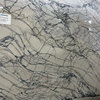
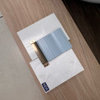
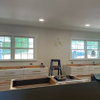
desertsteph
chipongoOriginal Author
Related Professionals
Commerce City Kitchen & Bathroom Designers · Glens Falls Kitchen & Bathroom Designers · Highland Kitchen & Bathroom Designers · Pleasanton Kitchen & Bathroom Designers · Roselle Kitchen & Bathroom Designers · San Jacinto Kitchen & Bathroom Designers · Beachwood Kitchen & Bathroom Remodelers · Hopewell Kitchen & Bathroom Remodelers · Centerville Kitchen & Bathroom Remodelers · Cleveland Kitchen & Bathroom Remodelers · Idaho Falls Kitchen & Bathroom Remodelers · Mesquite Kitchen & Bathroom Remodelers · Middletown Cabinets & Cabinetry · Dana Point Tile and Stone Contractors · South Holland Tile and Stone Contractorswritersblock (9b/10a)
writersblock (9b/10a)
theanimala
biochem101
chipongoOriginal Author
writersblock (9b/10a)
eoren1
sterlingsilver
chipongoOriginal Author
eoren1